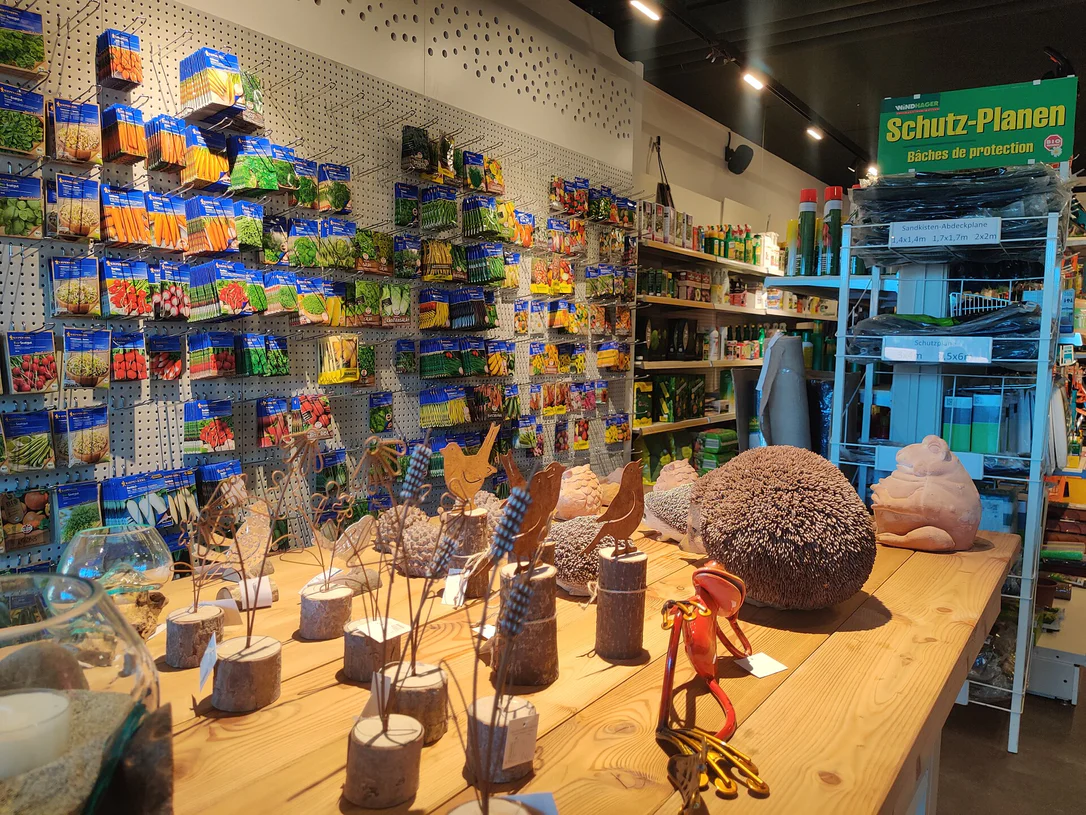On the adventure trail "BeeForest", you can immerse yourself in the mysterious world of bees.
The approximately 2-kilometre-long trail takes you past meadows and through forests to various places of energy with stations and illustrated panels, right up to a beekeeper's house with honeycombs and beehives on view - from mid-May to the end of September.
At these stations, you will learn exciting facts about life in the beehive, the importance of bees for our ecosystem and the challenges that these small, industrious insects face today. For children and adults alike, the trail offers an educational and sensory experience: listen to the buzzing of the bees, see their flight paths and feel how important their work is for our environment.
It's not just about honey bees - visitors also get an insight into the exciting and very different life of wild bees.
At the beekeeper's house, everyone then has the opportunity to take a closer look at the hive's hustle and bustle on the honeycomb.
Practical information:
- Route length: approx. 2 km, ideal for a relaxed walk
- Duration: about 1 to 1.5 hours
- Accessibility: The trail is only partially accessible for pushchairs and wheelchairs. They cannot be used for the entire route
- Best time to visit: Spring to autumn, when nature is in full bloom and the bees are at their most active
Immerse yourself in the world of bees and discover the secrets of these little superheroes - come and see for yourself how fascinating and valuable their work is.
Here is a brief insight:
Video BeeForest





























































































































